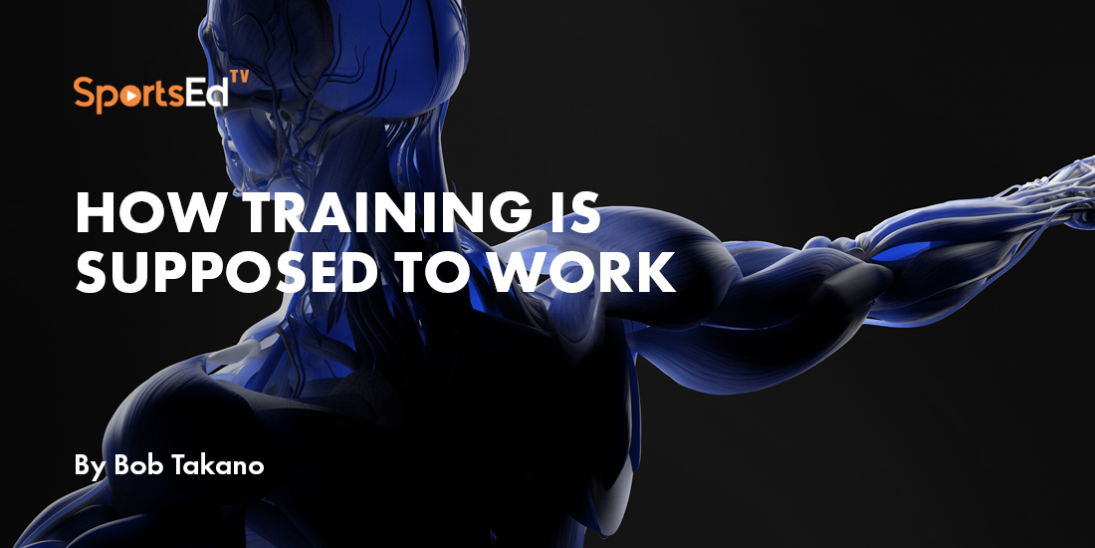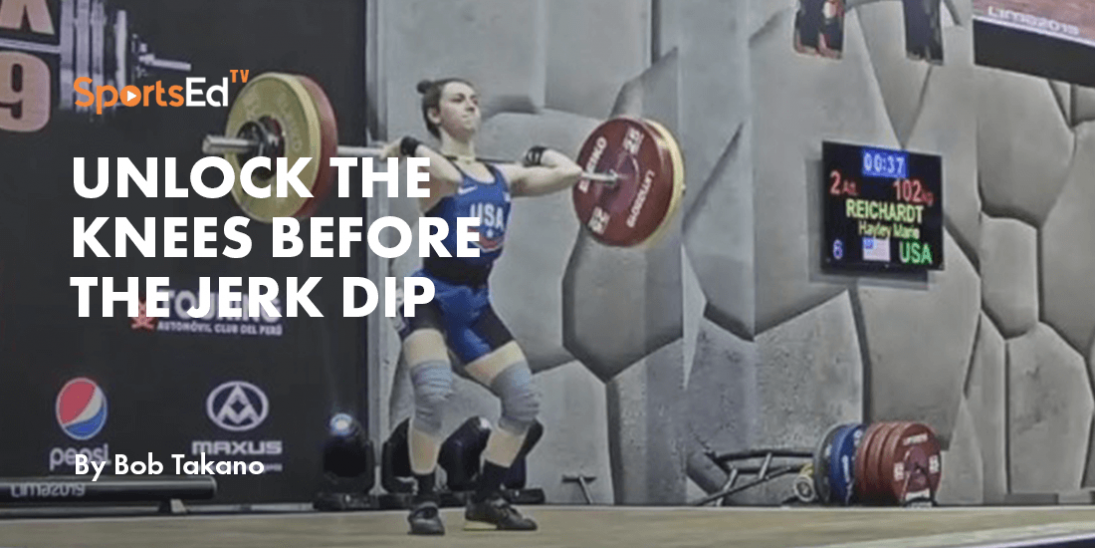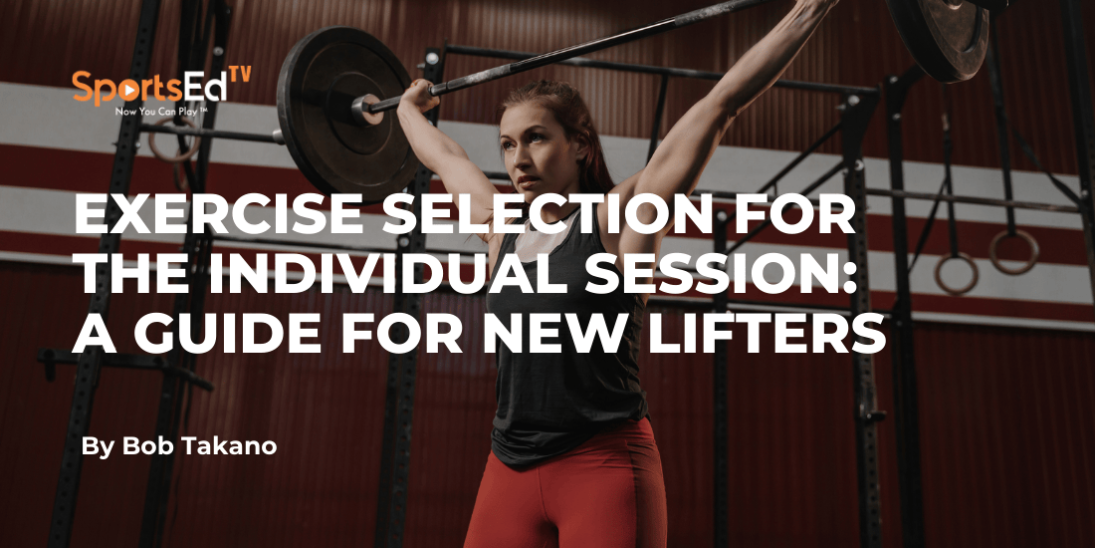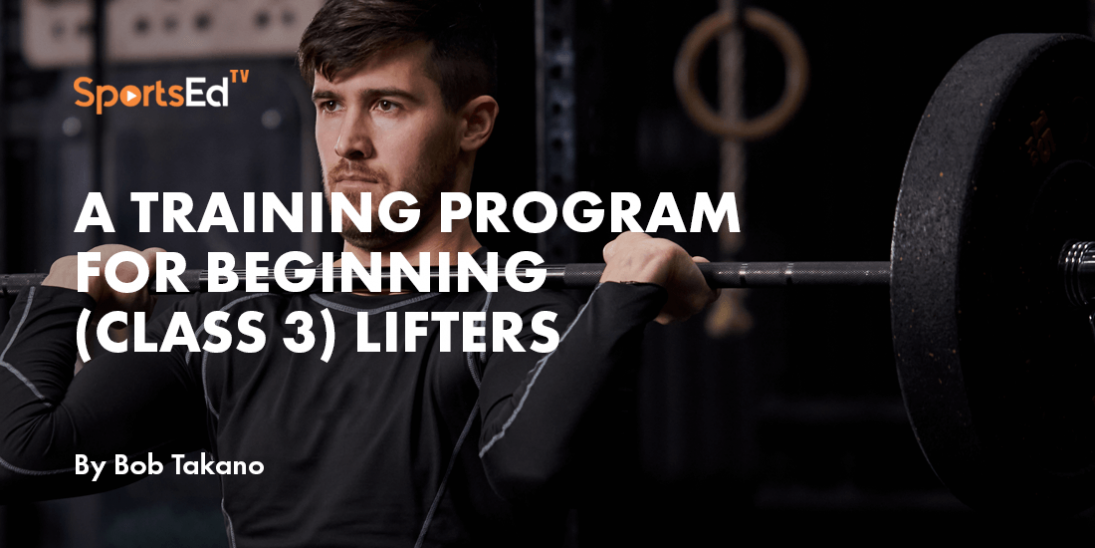Weightlifting
Welcome and thanks for visiting...

Unlocking Peak Performance: The Science of Effective Weightlifting Training

This piece is a brief primer on the physiological principles that govern the body’s reaction to weightlifting training in order to provide an understanding of how training programming affects the body.
The Organism: the Body's Response to Weightlifting: A Physiological Breakdown
The human organism’s body is regulated by a number of physiological mechanisms to keep it in balance. This balance is called homeostasis. These mechanisms are working properly in a human in good health.
Stressors: How Weightlifting Stress Tests Your Body (and Makes You Stronger)
Stressors are factors that disrupt homeostasis or balanced functioning. A stressor can disrupt the body’s balance. If the disruption can allow for recovery, the stressor is considered to be a eu-stressor. If the disruption exceeds the body’s ability to recover, it is considered a distressor.
As an example, if a person who has lived at sea level for an extended period of time then moves to an altitude of 1500 m, the lower oxygen concentration (hypoxia) can cause shortness of breath, headaches or dizziness. After a few weeks, however, the body recovers by synthesizing more red blood cells and normal functioning returns. In this case the hypoxia is a eu-stressor.
If, however, that same individual was to relocate to an altitude of 8000 m it may exceed the ability of the body to adapt and sickness and even death might occur. In this case the more extreme hypoxia would be a dis-stressor. So, the same stressor can be either eu or dis depending on the degree.
Chemical Entities: Fueling Your Workouts. The Role of Nutrients and Hormones
There are some chemical entities that must be kept in mind in order to understand the adaptation mechanism. Oxygen, water, and food are the obvious ones. Hormones, which initiate a wide variety of biochemical processes within the cells, are secreted by endocrine glands and entered into the circulatory system. This makes them available to all the cells. Furthermore, all of the biochemical processes produce metabolites, which can accumulate in the cells and inhibit adaptation. The provision of reactants to the cells and the elimination of metabolites affect the processes of adaptation.
Periodization: Strategic Training Cycles. The Key to Weightlifting Progress
The basic concept of periodization is to train the body to the point of distress during the preparation of mesocycle(s). Then, the body is trained to the point of eu-stress during the pre-competition mesocycle, and the resultant competitive performance achieves a peak.
The Process of Restoration: Post-Workout Recovery. Optimizing Your Body's Repair
After rigorous training, the process of restoration is enabled by two processes. The first is the secretion of hormones by the endocrine glands. As previously mentioned, these hormones enter the circulatory system and can effectively initiate restorative processes on a global basis. The second is the initiation of passive local circulation to encourage hormonal access, the infusion of reactants, and the elimination of metabolites. This can be accomplished through athletic massage, hydrotherapy, cryogenics, contrast showers, steam, and sauna. These modalities should be rotated in order to avoid adaptation.
The Preparation Mesocycle(s): Pushing Your Limits. The Preparation Phase Explained
During this phase, the training exceeds the capacity of the body to restore. From my own coaching experience, I’ve found that the best indicators are athletes awakening from sleep 4-5 times per night and regular diarrhea.
The Pre-competition Mesocycle: Sharpening Your Skills. The Pre-Competition Phase
During this phase, the restoration occurs to the same degree as the training stresses the organism. This is a state of eu-stress. The stimulation of the nervous system becomes paramount and the speed of movement of the organism increases.
Summary
To ensure that the athlete can peak at the end of the pre-competition mesocycle, the programming during the preparation mesocycle must achieve a dis-stressed state. Then the volume is decreased, and the average intensity increased during the pre-competition mesocycle to enable a peak performance.
If you're in need of a plan for learning weightlifting techniques or training programs for Beginners, Intermediates, and Advanced, you can sign up for a free 14-day trial of my latest membership site, Takano BarTech, at https://takanoweightliftingcoaching.net/vsl-order-form3qnol597 or









